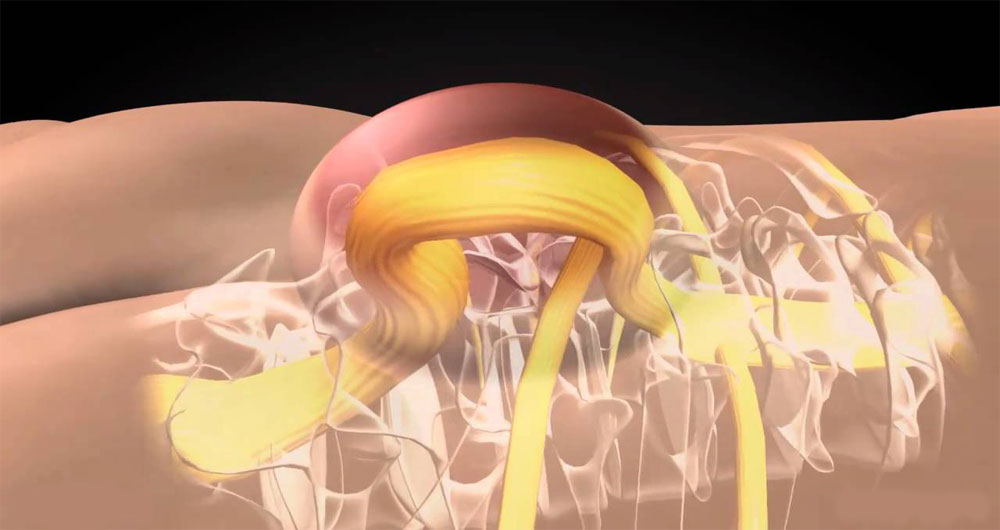
Spina bifida (slit spine) is a neural tube defect that manifests itself in several problems.
Spina bifida is the most common disorder of spinal cord formation, which usually occurs between 26 and 30 days of pregnancy; So that the time of occurrence of this disorder affects the location of the lesion.
Spina bifida lesion may occur in the thoracic, lumbar, or sacral regions and affects the severity of the paralysis. The higher the lesion, the more severe the paralysis.
The clinical manifestations of spina bifida range from weakness of the lower extremities to complete paralysis and loss of sensation. Other manifestations of spina bifida include incontinence (urination and defecation) and hydrocephalus.
It is now possible to prevent spina bifida. In the 1980s, studies reported the positive effect of maternal supplementation with folic acid plus multivitamins to prevent spina bifida.
This approach also reduces the risk of developing spina bifida in a second pregnancy. The results of several studies show that folic acid supplementation is effective before pregnancy; The national recommendation is to prescribe 400 mg per day of folic acid for women of childbearing age. Although spinal perforation can be surgically repaired, nerve damage is permanent and leads to varying degrees of lower extremity paralysis.
In addition to physical and motor problems, most people with spina bifida have some form of mental disability.
Spinal cord injury affects a large number of body systems and can lead to the following:
-
Lower limb weakness
-
Paralysis and immobility
-
Poor and unfavorable skin condition due to pressure sores
-
Bladder loss and urinary incontinence
-
Hydrocephalus
-
Urinary tract infections
-
Constipation
-
Obesity
Seizures also occur in approximately 20% of children with spina bifida who require medical treatment.
A ketogenic diet can be tested in the event of drug failure.
Long-term medical and pharmacological treatment is required to prevent and treat urinary tract infections and control the bladder. The resulting nutritional problems also include the following:
-
Obesity
-
Eating problems
-
Constipation
-
Food-drug interaction
Children with spina bifida may be allergic to latex. It is recommended that these children avoid certain foods such as bananas, kiwis and avocados.
Mild reactions can also be caused by eating apples, carrots, celery, tomatoes, mangoes and melons.
Nutrition and diet therapy in Spina bifida
Many children with spina bifida eat a limited variety of foods that are often described by their parents as difficult to eat.
When taking a diet or nutrition history, it is important to evaluate the intake of a variety of foods, especially high-fiber foods.
Studies have shown that children of eight years old or older with spina bifida need 7 kcal per cm of height for weight loss and 9 to 11 kcal per cm of height for weight control.
It is also important to assess fluid intake in children with spina bifida; as many of these children have urinary tract infections, they may drink insufficient amounts of water and excessive amounts of non-alcoholic beverages and tea.
Cranberry juice can also be prescribed for these children. Physical activity should also be evaluated.
Active and mobile people with brain shunts may be prohibited from engaging in contact sports but may participate in walking and running.




